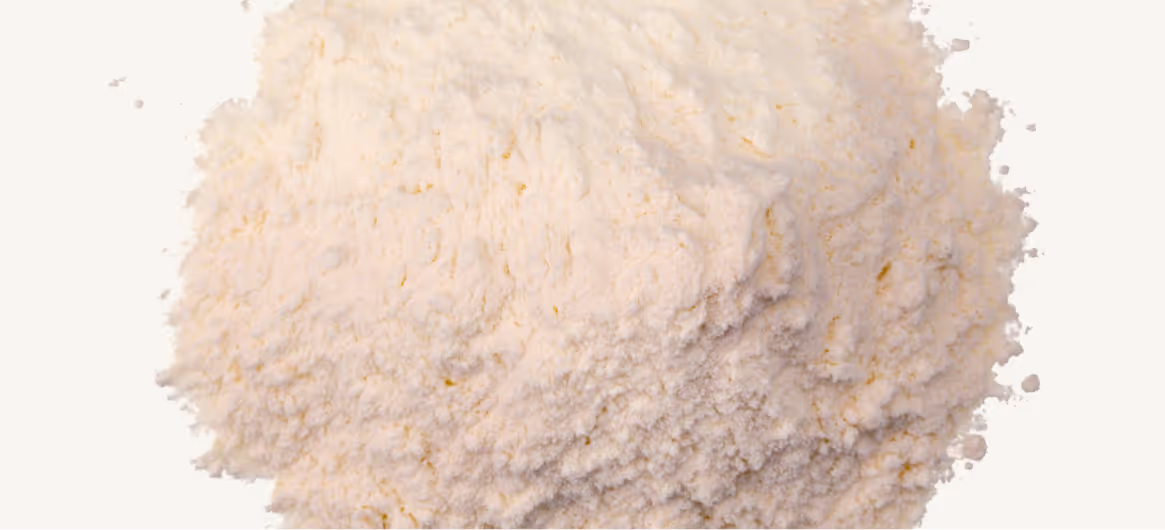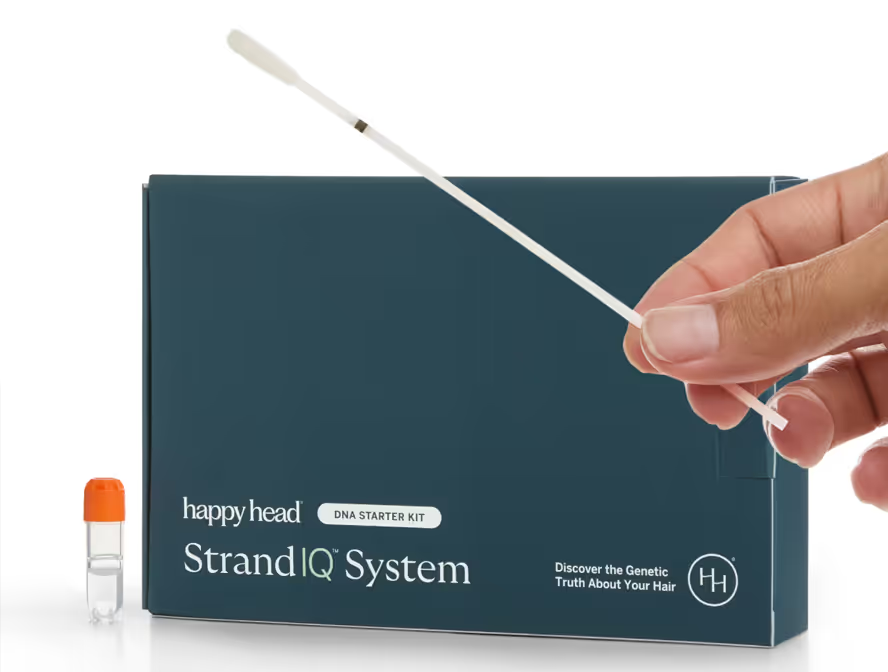Spironolactone was first developed to help manage high blood pressure and fluid retention. Over time, doctors discovered it could also help with hormonally driven conditions, including female pattern hair loss. In women, spironolactone works by blocking androgens like dihydrotestosterone (DHT) from binding to hair follicles, preventing the shrinkage that leads to thinning. This can slow shedding and, for some women, even promote regrowth.
Its use in men is generally limited due to the risk of feminizing side effects, but in women—particularly those with hormonally driven hair loss—it’s an important option. That said, not everyone responds the same way, and your genetic makeup may play a role in determining whether spironolactone is a strong fit for you.
The Role of Genetics in Spironolactone Response
Spironolactone’s effectiveness depends on how well it binds to androgen receptors and how your body processes both the drug itself and circulating androgens. Variants in the androgen receptor (AR) gene can alter receptor sensitivity, making it harder—or easier—for spironolactone to block androgen activity.
Additionally, spironolactone is metabolized in the liver via cytochrome P450 enzymes (primarily CYP3A4). Variations in these genes can change how quickly the drug is broken down, which may affect both blood levels and clinical response.
Other genetic factors, including those influencing aldosterone regulation and hormone transport proteins, can also influence whether spironolactone reaches its intended targets in effective concentrations.
Effectiveness Levels and What They Mean
Low effectiveness – Your genetics suggest the medication may provide minimal improvement, making alternative or combination treatments worth considering.
Moderate effectiveness – You may see some benefit from spironolactone, especially with consistent use and supportive scalp care.
High effectiveness – Your genetic profile indicates that your follicles are naturally more receptive to spironolactone, increasing the chances of noticeable improvements in hair density and a reduction in androgen-related thinning over time.
Top Strategies for Low Effectiveness
If your Happy Head StrandIQ™ analysis indicates a low probability of responding to spironolactone.
- Consider alternative therapies
Options such as topical minoxidil, growth peptides, or anti-inflammatory scalp treatments may be more aligned with your biology. - Explore complementary approaches
Look into laser therapy (LLLT) or nutrient-focused hair supplements to target non-hormonal causes of thinning. - Track and adapt
Monitor changes over 3–6 months; ask your doctor about adjusting treatment if minimal improvement is seen.
Optimizing Results at Moderate Effectiveness
If your genetics indicate a moderate benefit from spironolactone.
- Commit to consistent use
Regular use over several months is key for results. - Combine with supportive topicals
Peptide serums, caffeine-based solutions, and minoxidil can help maximize outcomes. - Maintain scalp health
Use gentle shampoo, perform regular exfoliation, and incorporate anti-inflammatory care to keep follicles healthy and working their best.
High Effectiveness: Advanced Strategies
If your StrandIQ™ analysis suggests a strong response to spironolactone.
- Stay consistent with dosage
Regular use can help improve density and slow androgen-driven thinning. - Layer on supportive treatments
Combine spironolactone with peptide serums, caffeine-based topicals, or other hair-healthy treatments for optimal regrowth. - Preserve follicle health
Maintain a clean, balanced scalp environment with gentle cleansing, exfoliation, and inflammation control.
The Bottom Line
Spironolactone can be a highly effective treatment for hormonally driven hair loss in women, but genetic factors may influence your response. By understanding your effectiveness level, you can make informed choices about dosing, pairing therapies, and whether to explore alternatives early in your treatment journey.
Resources
StrandIQ SNP Marker Count: 2
StrandIQ Genes for Trait:
CYP19A1
References:
Abdel-Raouf, H., et al. (2021). A novel topical combination of minoxidil and spironolactone for androgenetic alopecia: Clinical, histopathological, and physicochemical study. Dermatology Therapy, 34(1), e14678. PMID: 33320406.
Burns, L.J., et al. (2020). Spironolactone for treatment of female pattern hair loss. Journal of the American Academy of Dermatology, 83(1), 276–278. PMID: 32259535.
Sinclair, R.D. (2018). Female pattern hair loss: a pilot study investigating combination therapy with low-dose oral minoxidil and spironolactone. International Journal of Dermatology, 57(1), 104–109. PMID: 29231239.
This content, including StrandIQ™ DNA analysis reports and any Happy Head products and/or services referenced therein, is for informational and cosmetic purposes only. It is not intended to diagnose, treat, cure, or prevent any disease. This content does not constitute medical advice and should not be used to make healthcare decisions. References to prescription treatments are educational in nature. Always consult a licensed healthcare professional for any medical concerns or treatment decisions.








.avif)

